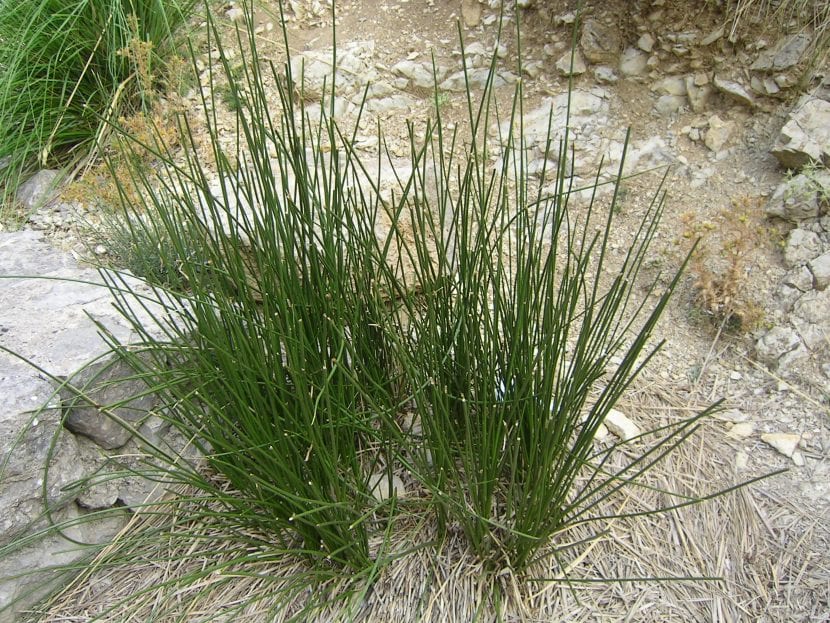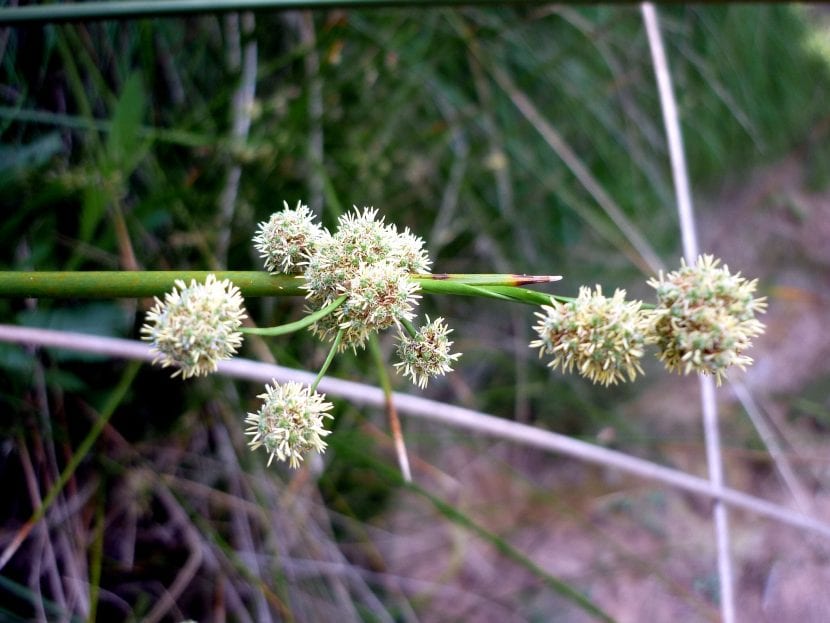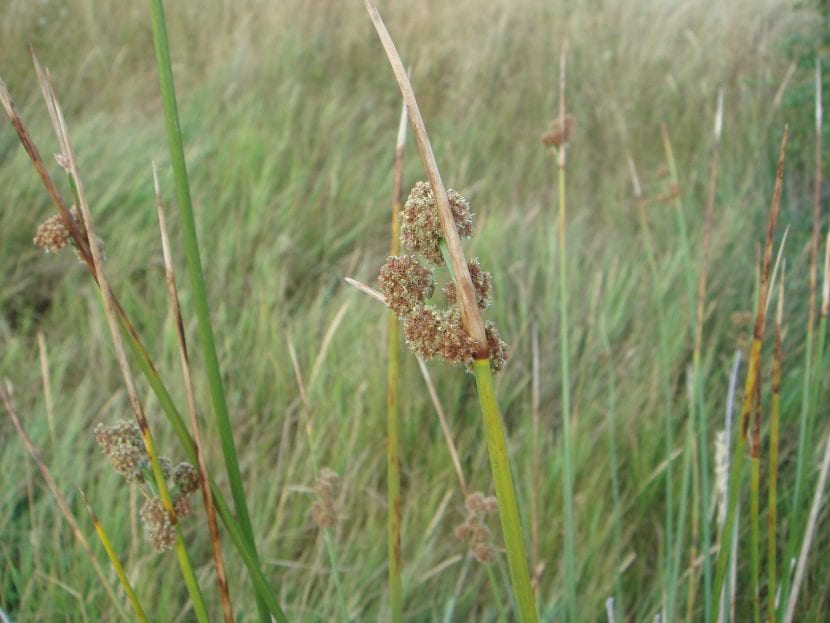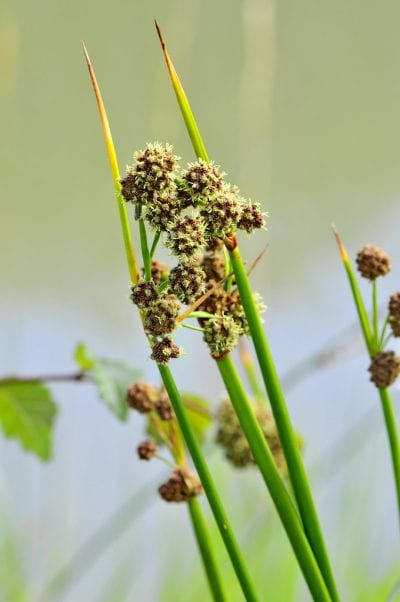
Image - Wikimedia / Pau Cabot
Whether you have a pond or want to have a plant in a bucket without holes, the Scirpus holoschoenus It is a very interesting species because although it does not produce particularly showy flowers, it is so easy to care for that it will surely not give you problems.
Also, as a curiosity, you should know that is able to withstand frost, not very strong, but intense enough so that you can grow it outside all year round in climates with a minimum temperature of up to seven degrees below zero.
Origin and characteristics

Image - Wikimedia / Isidre blanc
Known as grouped junco or churrero junco, it is a perennial plant native to humid and temperate areas of Europe; in Spain we find it in almost the entire Mediterranean region, from the east of the Iberian Peninsula to the Balearic Islands. In the past it was very common in rivers, swamps and streams, and in any place where there was fresh water; However, today, due to urban sprawl, it is becoming increasingly difficult to find it in what used to be its natural habitat.
It is characterized by reaching a height of 40 to 50 centimeters, with circular stems that, as they do not have leaves (it only has some pods at the base), are green because they are responsible for photosynthesis. The inflorescences, which sprout from spring to early summer, are lateral, and are made up of globose heads with numerous 2,5 to 4mm spikelets. The flowers have stamens and styles, being separated and surrounded by a small scale called the glume.
What are the care of the Scirpus holoschoenus?
Although it is not a plant that we could label as a garden properly, it is beautiful. Of course, not everyone can like it (that's impossible since each of us has our own tastes), but if what you are looking for is a green plant, curious for not having leaves, and easy to maintain Here is their care guide:
Location
El Scirpus holoschoenus is a plant that must be abroad, either in full sun or in semi-shade. If you have a pond, put it on the side where the water level is lowest; and if you want to have it in a rubber bucket (for sale here) or pot, make the container some small holes in the upper edge so that, in case it rains a lot and the soil is soaked, the excess water can come out somewhere.
Earth

Image - Wikimedia / Xemenendura
- Garden: it is not demanding, but it must have good drainage.
- Pot or bucket: you can mix garden soil with 30% perlite (on sale here).
Irrigation
El Scirpus holoschoenus or junco churrero needs very frequent waterings. It is necessary to avoid that the earth dries up. For this reason, during the summer it may be necessary to water daily, and the rest of the year every two or three days.
Subscriber
Taking into account that it is a plant that is usually kept in ponds or similar, we recommend the use of Organic fertilizers in order to avoid harming the fauna that live in those places or go there to drink some water.
Multiplication
The junco churrero multiplies by seeds in spring. They must be sown in pots or seedbeds with universal cultivation substrate (for sale here), and placing these outside, in semi-shade. That way they will germinate in about a month.
Planting or transplanting time
In spring, when the risk of frost has passed.
Plagues and diseases
It doesn't have one, but we recommend keeping an eye on snails and mollusks during the rainy season.
Rusticity
It resists frosts of up to -7ºC. In addition, it is not affected by high temperatures of up to 40ºC as long as you have plenty of water within reach.
What uses is it given?

Image - Flickr / chemazgz
Ornamental
We have already said it, it is not a species that has showy flowers, but we believe that in a pond or so it looks great, either alone or in the company of other similar plants.
Other uses
In their places of origin it is used especially to make baskets, but it is also used in the manufacture of furniture and in construction.
How is the churrero reed different from the common reed?
The reed (Juncus) and the Scirpus holoschoenus They are plants that have almost the same characteristics and live in the same places, so they can be easily confused. But the stems are different: those of the reed are hard and cannot be twisted unless you have a lot of strength; On the other hand, those of our protagonist bend well with the fingers.
Where to buy?
You may not find it in conventional nurseries, so we advise you to visit a producer of native plants, or if not, look at sites like eBay or Amazon.
What did you think of the Scirpus holoschoenus? Have you heard of this vivacious plant before?